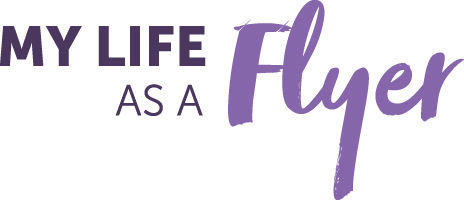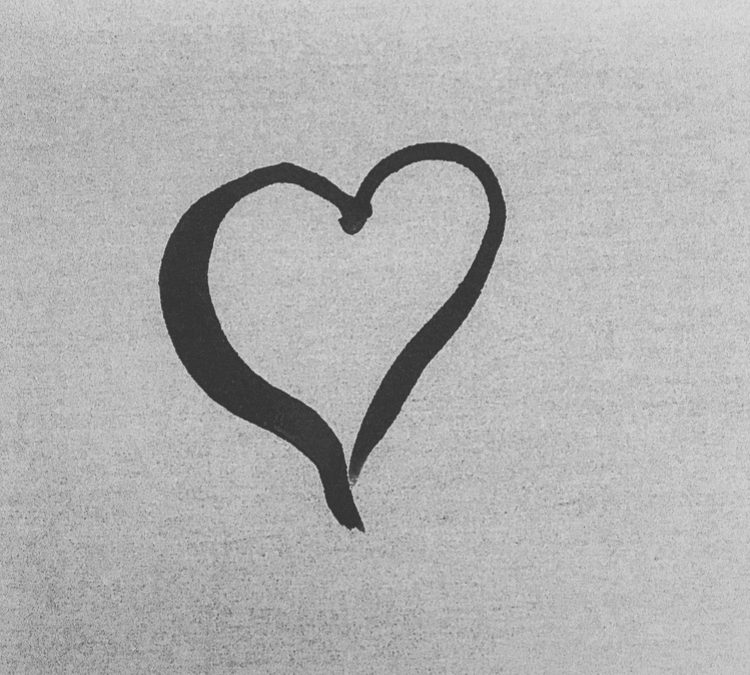A wise person once told me that the same letters that make up the word, “silence” also compose the word, “listen.” In this way, I have been trying my best to view this period of social isolation as a time to reflect inwardly, and to learn more about myself. No matter how hard you try or how much a person makes an effort to escape reality, they are stuck with themselves. However, this is not at all a bad thing! This period of silence does not have to feel like solitary confinement. Instead, we can embrace the silence and learn about ourselves through listening. Doing this, we learn of our individual needs, habits, and desires.
Probably one of the best ways to reflect inwardly and seek out our truth is through mindful exercises such as meditation. When doing such exercises, we are forced to calm our mind and sift through whatever information and thought processes are not serving us. An expert on meditation once said that before meditation, the mind is like the surface of a body of water, its waves constantly splashing with chaos. After meditation, the surface of the water is still. As a result, we can see all the toxicity at the bottom of the pool after we have calmed the waves. This is why meditation is so important. Once we calm our inner soundtracks, we can see what areas of ourselves need healing and nourishment. After discovering these aspects of ourselves, we gain compassion for our minds and are hopefully inspired to reach within and heal.
Before getting into the different types of meditation, it is important to know the basics. The first and most

important thing is breath control. In meditation, we are supposed to breath in through the nose and out through the mouth. When breathing in, it can help to imagine your breath sinking all the way into your lower back. This helps you breathe correctly through your diaphragm. Secondly, you want to consistently maintain a good posture. However, this may vary, depending upon the type of meditation you are doing. I usually sit with my knees crossed, back straight, and head neutral.
The next part of the foundation is psychological. However, if you meditate long enough, you will find the physical and psychological elements are all beautifully interwoven. During meditation, it is important to focus and sift through your thoughts. I like to imagine they are clouds drifting through the sky. It is important to be with them and observe them without judgement. This is the process of accepting and letting them go.
Now, let’s explore some of my favorite types of meditation! All of these are available on Youtube. The first meditation is a great way to relax before bed. However, it is also a good way to re-energize yourself if you schedule it in the middle of your busy day. A mind-body scan typically has you visualize a calming wave of relaxation slowly passing over your body from your feet, all the way to your head. This promotes bodily awareness and strengthens your mind-body connection. If you wish to re-energize, you can imagine the wave as a wave of healing energy, repairing your body and energising it as it passes over you.
The second meditation is a more psychological form of the mind body scan. This is like an emotional scan of your heart. It is called RAIN, which stands for: Recognize, Allow, Inspect, and Nurture. If you feel emotionally

wounded or hurt in any way, a great way to heal yourself is to set aside some time to do a guided RAIN meditation. It not only heals you and helps you deal with whatever emotional difficulty that may have been inflicted upon you, it also promotes self compassion and love. The meditation starts by recognizing and accepting your pain without any judgement. Allowing and inspecting helps you to sit with the emotion while looking at it from a detached perspective. Once detached from the pain, self compassion and love floods in, allowing you the last step of nurturing yourself. This results in healing your emotional wound.
The next type of meditation I practice is called Tonglen; this is Tibetan for “giving and taking.”Tonglen has the person meditating keep another person or problem in mind that is experiencing suffering. You visualize breathing in the suffering, and breathing out healing energy, prayers, good intentions, and the space for the beings dealing suffering to be able to cope with it as they are healing. I find that it helps to visualize breathing in the suffering as the color red and breathing out the healing as a bright white or blue light.

One of the more complex forms of meditation that I am still learning is Maitri. This meditation is similar to Tonglen in how you breath out healing and loving energy for others. However, there is a three stage process. In the first stage, you think of someone you love for a couple minutes and breathe out the wish that they’d experience the root of happiness: the connection with the overwhelming amount of love of the universe or God. This can connect with anyone’s personal beliefs, but does not have to be religious at all. The second step is to think of someone you feel neutral towards. You may not know them very well. Therefore, you may not say you “love” them, but you don’t have any strong negative reactions to them. You wish them the root of happiness as well. Lastly, and the most difficult step, you think of someone who has hurt you, and you wish them happiness, in order to stop their suffering. The logic behind this is that once someone experiences the root of true happiness within, they will no longer feel the need to engage in behavior that is destructive to themselves and others. In this way, wishing true happiness and healing for an enemy is wishing yourself happiness in return.
Lastly, I highly recommend meditations on allowance. However, these meditations commonly get mixed up with

“The Law of Attraction” or “LOA”, which teaches you that you can attract into your life whatever you desire. Allowance is seeing your suffering as part of a greater plan and letting it change you for the better. In the end, those who practice allowance will receive much more fulfillment than those who practice LOA, because they are forced to know their purpose in life, which is to connect with love and heal. If you have a specific goal in mind, allowance meditations help you see the greater good within that goal while having you let go of fear and desire. One of the most important things in this meditation is to let go of the fear of not attaining the goal, while also releasing your desire for it. After this mental filtration, the only thing that is to remain is your sincere love for your goal, and how it connects with your greater purpose in life.
Meditation has always been a way to help me through whatever life may throw my way. My religion professor, Corinne Dempsey once said that without meditation, we are like a piece of driftwood in the middle of a body of water, getting smashed about the shore and carried everywhere by the waves. However, with meditation, we become the captain of our own boats within those same waters. I will state again that this practice certainly is not religious. There are scientific facts that meditation is very healthy for the mind, prevents diseases, and helps people live longer. In this way, I hope that my blog can help you with my advice on meditation. I highly encourage everyone to practice it a little each day. As the Buddha’s golden flower teaching states, even if I help just one person, I am happy.

